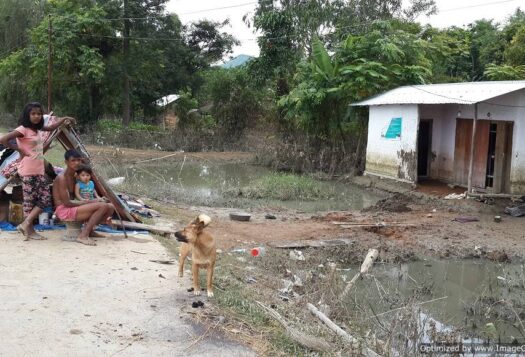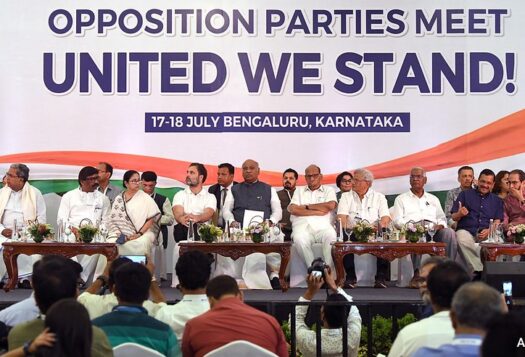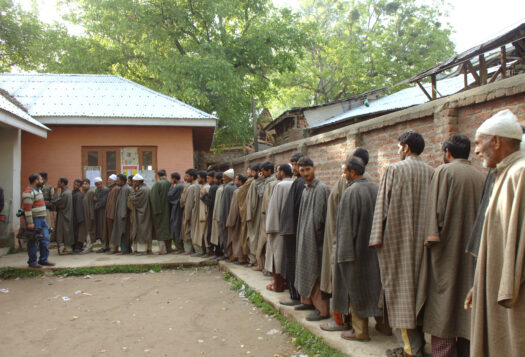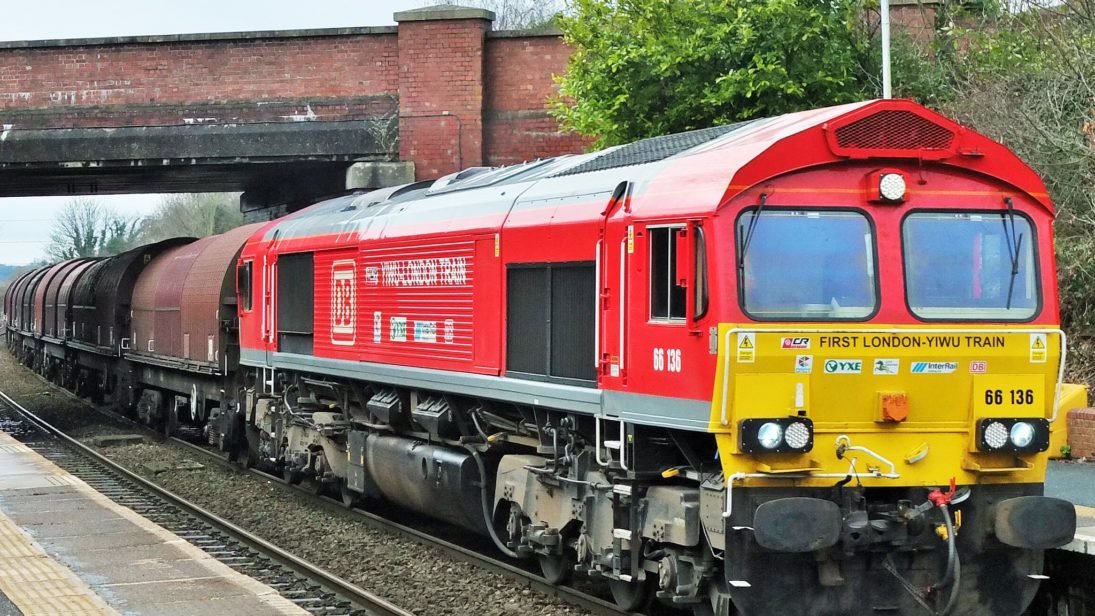
In the contemporary era of international relations, many countries have begun to employ non-traditional types of diplomacy in order to improve their relations with other countries, generate goodwill, gain economic access, and for other objectives. An interesting version of this non-traditional diplomacy is railway diplomacy, or a country forging relations with another by establishing a vast network of railroads, in the process stimulating mutual economic gain and currying favor with the host country. The recent inauguration of the freight train between the United Kingdom and China under Beijing’s Belt and Road Initiative (BRI) initiative is a high profile example of such diplomacy.
In fact, China has become the most renowned and prolific practitioner of railway diplomacy with projects in Asia, Africa, Europe, and Latin America. In 2015, Chinese premier Li Keqiang dazzled sixteen European leaders on a high-speed train ride, which served as a platform for the quality of its engineering technology for export, symbolism of its rise on the global stage, and as an advertising point for its geopolitical BRI to open markets and win allies in more than 65 countries.
As China pursues railway diplomacy in South Asia, even within India itself, it is interesting to consider how Beijing’s approach differs from New Delhi’s. This piece explores those differences in detail by providing a general overview of each country’s railway diplomacy and concludes with some considerations for what India can learn from China in this arena.
China’s Global Approach to Railway-Building
China’s frenzied railway development is part of President Xi Jinping’s vision to revive the old Silk Route. The contemporary Silk Route aims at linking the Pacific Ocean to the Baltic Sea as well as East Asia to South and West Asia. In modern international relations, this route is the BRI, through which China intends to revive its 2,200-year-old trade route with goals of cultivating peaceful diplomatic relationships, boosting economic growth & development, and geopolitical dominance by promoting a positive vision of China on the global stage. The BRI has several South Asian elements, including serving as a gateway to promote border trade and tourism between the Tibet Autonomous Region and neighbouring countries such as Nepal, as well as the China-Pakistan Economic Corridor.
A quick overview of BRI projects underscores China’s strategic, diplomatic, and economic goals throughout the world. China currently operates 1,700 freight trains with 40,000 containers transported by rail between the Chinese mainland and Europe; by 2020, this is expected to more than double to 100,000 containers. Within Central Asia, China is also constructing a gauge-changing station for the Trans Eurasian Railway with the capacity to handle six trains at a time, which would greatly expand the transit through the area. The presence of large oil reserves in Central Asia also plays a role in China’s calculation of railway expansion in the region. China is also strengthening its high-speed rail network in Southeast Asian countries such as Indonesia, Singapore, Malaysia, Thailand and Myanmar to further boost prospects for trade and economic growth in the region as well as maintain its geopolitical influence.
Railways in Indian Conception: A Regional Diplomatic Tool
Rather than as a broader tool in global power politics, India has largely used its railways as a regional diplomatic piece. Pakistan and Bangladesh are two examples of the Indian approach to railway diplomacy. India has had tense relations with Pakistan since 1947 but it has used railway diplomacy to reinforce moments of diplomatic promise in the relationship between the two countries. The Samjhauta Express, a train service running between Delhi and Lahore, with immigration stops in Attari (India) and Wagah (Pakistan), was founded in 1975 as one of the diplomatic initiatives following the Shimla Agreement of 1972 in the aftermath of the India-Pakistan war over erstwhile East Pakistan. Similarly, the Munabao-Khokhrapar line between the two countries, destroyed during the 1965 war, was rebuilt in 2006 to facilitate cross-border people-to-people contact. In a rare bit of good diplomatic news, India and Pakistan recently extended this train service to 2021 after it was set to expire in 2018.
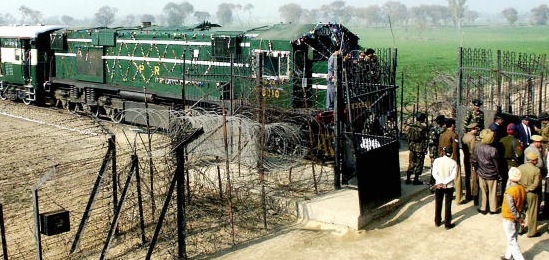
India operates two trains to Bangladesh – the Maitree Express and the Bandhan Express – as an attempt to build stronger relations with Dhaka to promote economic cooperation and transport connectivity. The Bandhan Express, inaugurated recently by Prime Minister Narendra Modi and Prime Minister Sheikh Hasina in November 2017, is a particularly exciting development reinforcing the positive relationship between the two countries. The Bhairab Bridge, related to this railway project, was built in Bangladesh by India’s Ircon-Afcons JV with an Indian line of credit, further reinforcing the economic partnership highlighted by India’s railway diplomacy. While problems of counterfeit currencies, and drug and human trafficking through the porous border are of serious concern, the growing rail relationship between India and Bangladesh echoes the broader optimism of relations between the two countries and portends the potential for future cooperation.
What India Can Learn from China and Why
Indian policymakers would do well to recognize the growing significance of railways (and other forms of infrastructure diplomacy) in technological advancement, trading relationships, and diplomatic influence, first in South Asia and then perhaps more globally. As India and China tussle for influence in Asia, New Delhi must take note of China’s rail advances and devise a strategy to strategically counter its actions.
Thus, if Indian policymakers want to bring railway diplomacy to the forefront, they should consider mirroring China’s aggressive spending on technical education, infrastructure construction and maintenance, continuing training for its railway staff, and cultivating new talent. India is starting to take some of these steps– for example, India’s ambitious railway university proposal could boost the engineering, operational, and technical components of its railway system. Nonetheless, as highlighted by China’s ambitious high-speed rail linking Myanmar and Kolkata as a gateway to boosting Southeast Asian trade, India still has quite a bit of progress to make.
However, India must be aware of the challenges of such a strategy. China’s experience in creating knowledge in the technical, managerial, operational and engineering domains of railways puts it in the right position to incorporate railway diplomacy as a large portion of its global strategy, while limited expertise in advanced rail technologies limits India as a regional player in this arena. For example, while India depends upon Japanese companies for its first high-speed rail network, China plans to export high-speed rail technology to Southeast Asia through the Trans-Asian Rail Initiative with the goal of building 8,699 miles of train tracks resulting and increasing trade volume to $1 trillion USD by 2020 in collaboration with the United Nations.
India does not have to follow the Chinese model entirely or even necessarily have the same global focus. In fact, the Chinese model, fueled by state-owned companies and spending, has faced criticism for poor labor standards, lack of profitability, preferring Chinese laborers for foreign projects, and other pitfalls that have generated some negative publicity toward China in some countries. India should glean the best lessons possible from the Chinese model of railway diplomacy, identify its drawbacks, and continue to learn from Western and Japanese experiences and technologies to shape and fulfill its own.
***
Image 1: Railway Dave and Jim Freebury via Flickr
Image 2: AFP via Getty Images (cropped)
